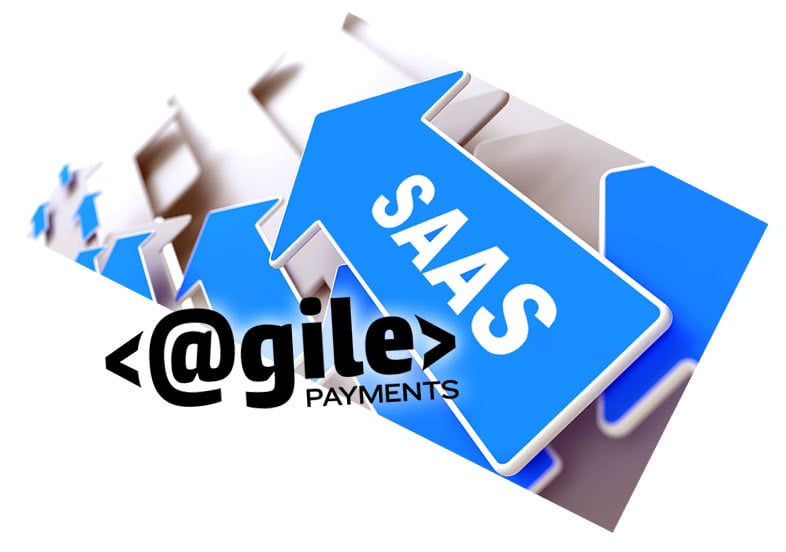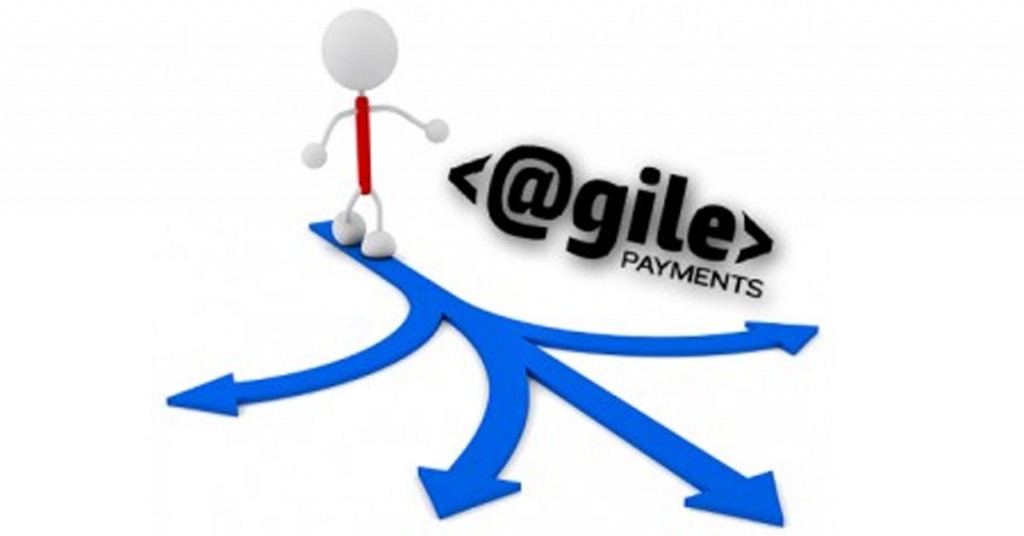EXECUTIVE SUMMARY
SaaS platforms and Software vendors have a unique opportunity. Whether you already offer some type of payment collectionoption or have an application that has the potential to leverage payments there has never been a better time to explore your options.
Software providers are in a unique position to leverage payment processing as both a client attraction and retention tool and to create a powerful recurring revenue stream.
Your options range from becoming a full Payment Facilitator [PayFac] to a Hybrid PayFac to a Payment Partnership. What is best for you depends on many variables but you owe it to your business and end users to explore these options.
The payments landscape has evolved significantly in the last few years and the technological and regulatory advances have created an opportunity that can offer:


- The ability to create better solutions for end users. Integrated payment processing and reconciliation are in much demand by your users. Providing this solution makes for “stickier” clients and in many cases offers you a competitive advantage.
- A new recurring revenue stream: Your business receives a recurring revenue stream from each client processing payments. In many cases this can turn into a significant revenue driver.
This paper outlines the new options available as well as discussing pros and cons of each. Ignoring this massive opportunity leaves you vulnerable to competitors that do offer an integrated payment solution. Think about competing against a similar product but they offer integrated payment processing and you don’t. Implementing competitive differentiators should be an integral part of your business.
By learning more about payment integration and the opportunity you can make an informed decision about your business future.
If you are a SaaS platform or ISV interested in adding or improving a payments component you must become knowledgeable about payments and choose the right payment processing partner.
That decision will prove to be vital. In software, designing your core architecture is crucially important. In payments, the processing infrastructure is equally as important. The technology solutions that the partner provides are very important, and the nature of payment processing may mean you will be partnered with that organization for a very long time.
But here’s the really good news. Your users are begging for payments integration. In fact, a recent case study conducted in the medical space revealed that over 80% of merchants would rather pay a higher rate per transaction, as long as it integrated with their practice management software.
CHAPTER 1: What are your options?
We will look at 3 different options:
- Payments Partnership
- Becoming a Payment Facilitator
- Hybrid Payment Facilitation
PAYMENTS PARTNERSHIP
In the partnership model your application integrates to either a Third Party Payment Provider or a Payments Gateway. In most cases

Your users complete an application for credit card and in cases ACH processing. In many cases this is via paper and approvals can take 2-5 days or more. Depending on your partner processing credentials may be pushed to you securely or the end client must enter into the application [not ideal].
Today you can elect to integrate an application API that allows users to complete their application on your site and have the electronic application sent to the partner for approval. In many cases applications can be auto approved and credentials pushed back via API, meaning you have them processing payments in as little as 24 hours.
Integration can take as little as one day or depending on how tightly you want to manade payment exceptions [especially on the ACH side] multiple days.
Note: If you are offering recurring payments an ACH option is almost mandatory. Credit card decline rates average 15% for recurring payments as opposed to sub 2% for most ACH. Coupled with processing fees 80-90+% less expensive the ACH option is very attractive. ACH transactions have no authorization component like credit cards so it takes 3-4 days to pull down [or be pushed] a response file with ACH payment results. More info HERE.
PAYMENT FACILITATOR OR PAYFAC
Complete overview of Payment Facilitation
Payment Facilitation offers the SaaS application the ability to control the end customer’s payment experience. You essentially become a master merchant and board your client’s as sub merchants. They can apply and be approved and be processing in 15 minutes. Major PayFac’s include PayPal and Square.
You control funding and as act as first line of support for payment questions. There is a significant amount of vetting done on your company to mitigate potential risk of the back end processor. In addition you can easily spend 6 months integrating and well in excess of $100k in both programming and compliance costs.
There are also ongoing compliance and risk mitigation financial and administrative burdens. You are essentially becoming a payments company in addition to providing your SaaS solution.
This option is typically only a good fit when you have an existing base of clients [substantial] whose payment processing revenue more than offsets the costs to implement and maintain.
Typically this means hundreds of sub-merchants doing significant aggregate payment volume.
HYBRID PAYMENT FACILITATOR
As is usually the case with technology new iterations of an existing model often arise to meet marketplace needs. The payments space is no exception. The proliferation of new software solutions many with potential payment needs has created a new payment solution.
In the Hybrid model you gain the advantages of instant boarding without the significant expense / integration time frame as well as speed of integration. In most cases there are only two potential downsides:
- Your revenue generation potential may be reduced though in some cases it can be equal or greater. Revenue potential is directly related to risk exposure. If you are not comfortable having any risk exposure [ typically via chargebacks or fraud] then your cost basis is higher.
- As a true PayFac if your SaaS client is “ABC Dance Studio” the studio’s customer would see “ABC Dance” on their credit card or bank statement. As a Hybrid Payfac you in essence are a sub PayFac so if your Payfac partner was PSG Payments the dance studio customer could see “PSG* ABC Dance” on their descriptor. The PSG* is the master PayFac.
So to summarize the Payfac options offer must faster client boarding. If onboarding clients with no friction is most important to your platform then one of the Payfac option’s is the best fit.
CHAPTER 2: RISKS AND REWARDS
Payment processing is inherently risky. Chargebacks, non payment for fees, reputational risk and fraud are all potential reasons why payment processors lose money. If you are looking at payments you must understand risk and your potentials exposure.
The attractive side is the rewards. Beside the competitive advantage [and you an use payments to acquire customers] there is the allure of a recurring revenue streams. FinTech is all the rage and the recurring nature of the business is why.
Let’s look at our options:
PARTNERSHIP
In the partnership you typically have zero risk and zero payment related support burdens. So if one of your users defaulted on their $500 bill or came on board with the intention of billing 1000 stolen credit cards you have no financial risk. So on pro side you have no risk, little support burden and relatively short integration time frame. On the con side the end user completes an application and approval may take 24 hours or more.
PAYMENT FACILITATOR
In the full blown PayFac model your business is the master merchant and assume all payment related risk. This means chargebacks, fraud ongoing compliance [PCI, KYC] and typically staff devoted to managing payments side of your business. In essence you need to become a payments company. There are significant financial and integration hurdles.
For the most part this option is best to grow into. Meaning you start either with a partnership or using Hybrid facilitation.
HYBRID FACILITATION
In the Hybrid model your ongoing compliance and payment related obligations are significantly reduced in comparison to full fledged PayFac.
Risk exposure will typically vary directly with revenue share. If you are not comfortable with assuming any risk then your ability to generate transactional payment revenue is reduced. The more risk you share with the PayFac partner the more revenue you share.
Depending on your client base and the potential processing volume you can approach and in cases exceed revenue potential from becoming a full Payment Facilitator.
CHAPTER 3: REVENUE POTENTIAL | CLIENT RETENTION | CLIENT ATTRACTION
There are many factors that will determine what your revenue generation potential will be. As an example we will use a platform user processing an average of $10,000 per month with an average transaction size of $50. The end user is being charge 2.9% and .30 per transaction. 20% of the payments are made via ACH at a charge of 50 cents per transaction.
In this example the SaaS provider would likely see $50+ per month in payment revenue. If you have 200 clients you potentially could generate $10,000 per month in recurring revenue.
Note: If you choose the Hybrid Payment Facilitation route and assume no risk you cost basis will likely be in the 2.9% range. You would need to charge more than that to generate payments revenue.
Beside revenue generation there is also the added benefit of increased retention rates. When your application automatically bills end customers and reconciles payments the idea of switching providers becomes very painful.
For most businesses getting paid is job #1. If your application does this in a way that eliminates most of the very painful work of collecting payments your clients have a strong incentive for continuing to use your application.
Take this one step further. As you work to attract new clients leading with how you can make payment collection and reconciliation simple is a powerful customer acquisition tool. Making this simple to sign up for and quickly get going adds to the appeal.
Note: One of problems we see SaaS providers face when adding a new feature to their offering is client adoption. Too often the new product/feature is announced as available and the end user is left to implement and optimize.
As you consider adding payments look for partner that also can help you to promote usage. How does your client get their customers to AutoPay? With a defined implementation plan your client’s benefit as well as your application. Your revenue share is tied to usage. The more transactions the more revenue.
This is hugely important to client satisfaction and revenue generation.
CHAPTER 4: PATHWAY
The first step is to decide on the direction your business will take. In most cases you can move from one level to the next.

This should be an informed decision made after gaining a through understanding of risks and rewards. Having a conversation with a payment expert is mandatory.
Once a decision has been made you will:
- Understand obligations/requirements. Application and potential contract execution. This varies depending on solution. Revenue share should be spelled out.
- Integrate: depending on API and how comprehensive your integration will be this can take a couple of days to 6 months or more [full blown PayFac]–testing in a sandbox environment to release. We have seen partners integrate and test in a few days.
- Go to market and refine: Again a plan to optimize usage is very important. Gain user feedback and make any needed changes.
- Generate a recurring new revenue stream that makes for a better product and more valuable business.
SUMMARY
In summary if your application’s end users would benefit from embedded payments it is not a question of should you implement payments solution but when will get started?
Why not start with a conversation with someone who has helped many SaaS platforms in deciding what the best fit for their unique needs is?
Our goal is to find you the best solution for long term success.
Contact us at sales@AgilePayments | 888.729.4968 x88




